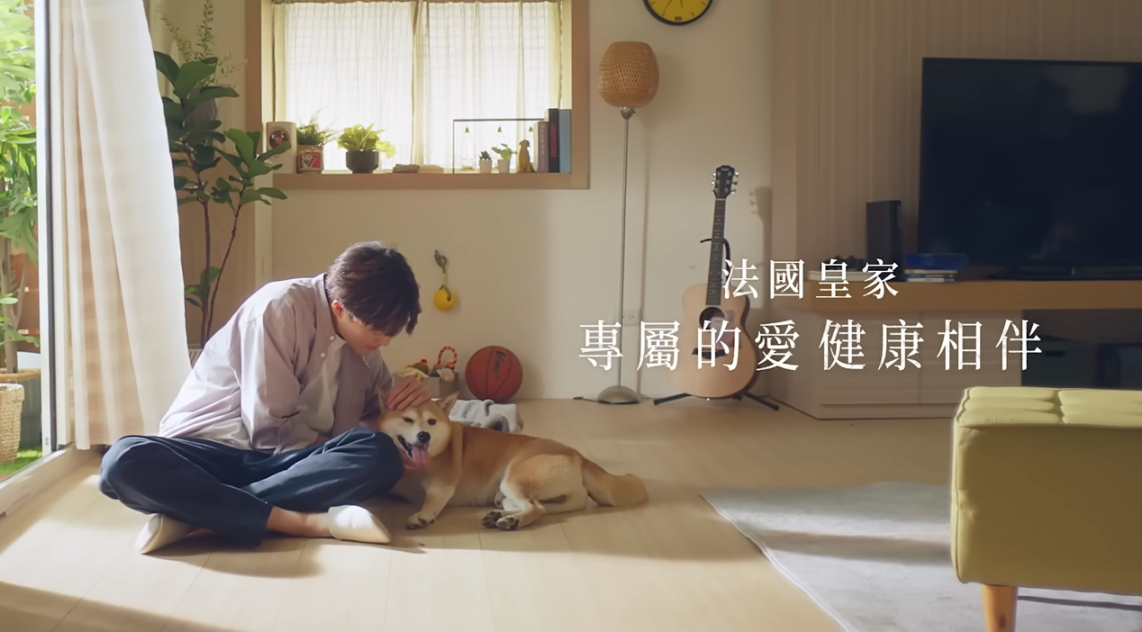Photovoltaic (PV) Panel make electricity from sunlight, and are marvelously simple, effective, and durable. They sit in the sun and, with no moving parts, can run your appliances, charge your batteries, or make energy for the utility grid.
A solar panel array is the energy collector—the solar “generator” and does so via the photovoltaic effect. Discovered in 1839 by French physicist Alexandre-Edmund Becquerel, the photovoltaic effect describes the way in which solar cells create electricity from the energy residing in photons of sunlight. When sunlight hits a solar cell, the cell absorbs some of the photons and the photons’ energy is transferred to an electron in the semiconductor material. With the energy from the photon, the electron can escape its usual position in the semiconductor atom to become part of the current in an electrical circuit.
Most solar cells fall into one of two basic categories: crystalline silicon or thin-film. Crystalline silicon modules can be fashioned from either monocrystalline and polycrystalline.
To use the energy from the array, you may also need other components, such as inverters, charge controllers and batteries, which make up a solar-electric system. The components required are dependent on the system type designed. System types include:
Off-Grid Solar Systems : Although they are most common in remote locations without utility service, off-grid solar-electric systems can work anywhere. These systems operate independently from the grid to provide all of a household’s electricity. These systems require a battery bank to store the solar electricity for use during nighttime or cloudy weather, a charge controller to protect the battery bank from overcharge, an inverter to convert the DC PV array power to AC for use with AC household appliances, and all the required disconnects, monitoring, and associated electrical safety gear.
Grid-Tied Solar Systems : A grid-tied solar system is dependent upon your municipality’s electrical grid. The DC electricity generated by the photovoltaic (PV) panels is sent through a grid-tied inverter, which converts it to AC power that’s compatible with the grid.


 留言列表
留言列表


